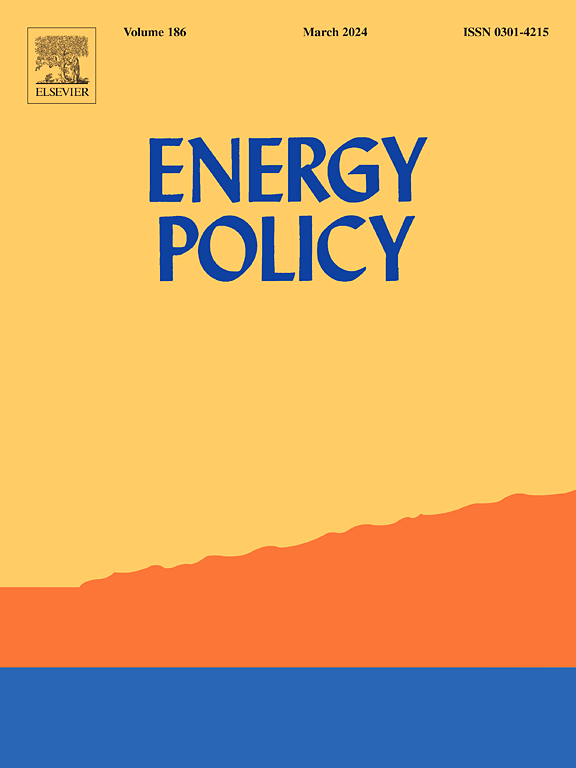An equilibrium model of the Chinese carbon trading market under the uncertainty of market demand: Application to thermal power industry
IF 9.3
2区 经济学
Q1 ECONOMICS
引用次数: 0
Abstract
This study examines how to choose between the reduction methods of reduce output (RO) and change in process (CIP) for enterprises under carbon trading regulations, and whether the carbon trading market can reach equilibrium under different emission reduction strategies. A carbon trading model based on the RO and CIP reduction methods was constructed, and two large thermal power groups were taken as examples for empirical analysis. The main conclusions are as follows: (1) When the demand faced by an enterprise is uniformly distributed and the form of the carbon abatement cost function is a logarithmic function, the enterprise has three emission reduction strategies to choose from: output reduction, mixed emission reduction, and industry exit. (2) The carbon trading market can reach equilibrium when the participants take different emission reduction strategies. (3) The allocation of initial carbon emission rights significantly affects the profits of enterprises. As the auction ratio of carbon emissions rights increases, the enthusiasm of enterprises to participate in the carbon trading market decreases. (4) The fluctuation of the carbon price is inversely related to the fluctuation in the macro coal price. Increasing the electricity price can improve the profits of enterprises without affecting the carbon price.
求助全文
约1分钟内获得全文
求助全文
来源期刊

Energy Policy
管理科学-环境科学
CiteScore
17.30
自引率
5.60%
发文量
540
审稿时长
7.9 months
期刊介绍:
Energy policy is the manner in which a given entity (often governmental) has decided to address issues of energy development including energy conversion, distribution and use as well as reduction of greenhouse gas emissions in order to contribute to climate change mitigation. The attributes of energy policy may include legislation, international treaties, incentives to investment, guidelines for energy conservation, taxation and other public policy techniques.
Energy policy is closely related to climate change policy because totalled worldwide the energy sector emits more greenhouse gas than other sectors.
 求助内容:
求助内容: 应助结果提醒方式:
应助结果提醒方式:


